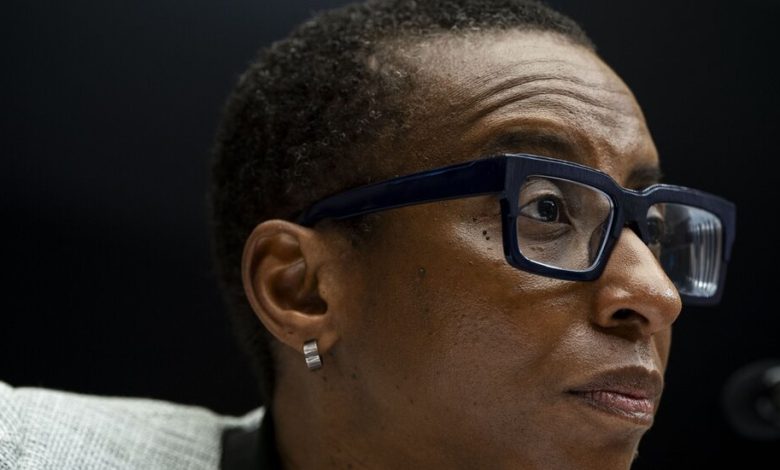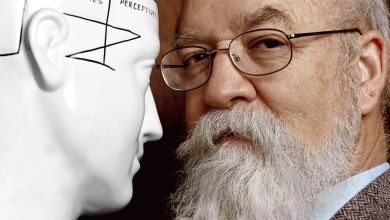Claudine Gay and the Limits of Social Engineering at Harvard

I had written and filed a column about Harvard and its president, Claudine Gay, when news of her resignation broke on Tuesday afternoon after fresh allegations of plagiarism in her published work. I’d like to record what I wrote: “Cancel culture is always ugly and usually a mistake. If Gay is to go, let it be after more deliberation, with more decorum, and when pundits like me aren’t writing about her.” Oh, well.
The point may now be moot, but the important question for Harvard was never whether Gay should step down. It was why she was brought on in the first place, after one of the shortest presidential searches in Harvard’s recent history. How did someone with a scholarly record as thin as hers — she has not written a single book, has published only 11 journal articles in the past 26 years and made no seminal contributions to her field — reach the pinnacle of American academia?
The answer, I think, is this: Where there used to be a pinnacle, there’s now a crater. It was created when the social-justice model of higher education, currently centered on diversity, equity and inclusion efforts — and heavily invested in the administrative side of the university — blew up the excellence model, centered on the ideal of intellectual merit and chiefly concerned with knowledge, discovery and the free and vigorous contest of ideas.
Why did that change happen? I’ve seen arguments that it goes back to the 1978 Bakke decision, when the Supreme Court effectively greenlit affirmative action in the name of diversity.
But the problem with Bakke isn’t that it allowed diversity to be a consideration in admissions decisions. It’s that university administrators turned an allowance into a requirement, so a kind of racial gerrymander now permeates nearly every aspect of academic life, from admissions decisions to faculty appointments to the racial makeup of contributors to essay collections. If affirmative action had been administered with a lighter hand — more nudge than mandate — it might have survived the court’s scrutiny last year. Instead, it became a pervasive regime that frequently got in the way of the universities’ higher goals, particularly the open exchange of ideas.
In announcing Gay’s appointment, Harvard praised her leadership and scholarship. The work of a university president is also that of executive, fund-raiser and cheerleader for the institution, and maybe the Harvard Corporation thought she’d be good at that. But skin color was the first thing The Harvard Crimson noted in its story about her taking office, and her missteps and questions about her academic work gave ammunition to detractors who claimed she owed her position solely to her race.
This is the poisoned pool in which Harvard now swims. Whenever it elevates someone like Gay, there’s an assumption by admirers and detractors alike that she’s a political symbol whose performance represents more than who she is as a person. The weight of expectations on her must have been crushing. But dehumanization is the price any institution pays when considerations of social engineering supplant those of individual achievement.
It may take a generation after the end of affirmative action before someone like Gay can have the opportunity to be judged on her own merits, irrespective of her color. But the damage that the social-justice model has done to higher education will take longer to repair. In 2015, 57 percent of Americans expressed high confidence in higher education, according to a Gallup survey. Last year, the number had fallen to 36 percent, and that was before the wave of antisemitic campus outbursts. At Harvard, early admission applications fell by 17 percent last fall.
The school next to Boston will probably rebound. But Harvard also sets the tone for the rest of American higher ed — and for public attitudes toward it. One of the secrets of America’s postwar success wasn’t simply the caliber of U.S. universities. It was the respect they engendered among ordinary people who aspired to send their children to them.
That respect is now being eroded to the point of being erased. For good reason. People admire, and will strive for, excellence — both for its own sake and for the status it confers. But status without excellence is a rapidly wasting asset, especially when it comes with an exorbitant price. That’s the position of much of American academia today. Two-hundred thousand dollars or more is a lot to pay for lessons in how to be an anti-racist.
Nobody should doubt that there is still a lot of excellence in today’s academia and plenty of good reasons to send your kids to college. But nobody should doubt, either, that the intellectual rot is pervasive and won’t stop spreading until universities return to the idea that their central purpose is to identify and nurture and liberate the best minds, not to engineer social utopias.
The Times is committed to publishing a diversity of letters to the editor. We’d like to hear what you think about this or any of our articles. Here are some tips. And here’s our email: [email protected].
Follow the New York Times Opinion section on Facebook, Instagram, TikTok, X and Threads.




